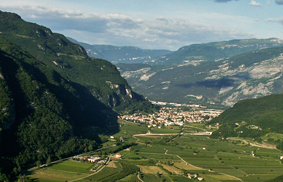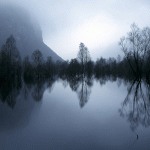Mori is located between Rovereto and Lake Garda,

Hamlets: Besagno, Loppio, Manzano, Molina, Mori Vecchio, Nomesino, Pannone, Ravazzone, Sano, Seghe I, Seghe II, Tierno, Valle San Felice, Varano
The town of Mori is located in Trentino Alto Adige and is crossed by the Adige river which flows from north to south along the eastern edge of the town itself. From Lake Loppio born Cameras Rio, this river was modified containing its water in concrete embankments, so that it has become a long open channel, only in the town square by Cal square to Malfatti square the river was covered . The Loppio lake is characterized by the Island of St. Andrea, site of ancient settlements
HISTORY OF MORI
Around Mori were found many prehistoric sites at Castel Corno, the “Caverna dei Colombi“, the fort of Monte Albano, these findings are from the Neolithic to the Bronze Age. Was very strong the Roman influence that is superimposed on a secular Celtic influence, in fact the town of Mori still appears in documents in 845. In the Middle Ages it was subject to Castelbarco family of Monte Albano, later occupied by the Venetians in 1439 together with the common Ala, Avio, Rovereto and Brentonico. So Mori became one of the four Vicariates and so remained until 1810 when it was abolished secular entity. Was established a magistrate who then in time became the seat of judgment district until 1923. In religion, economy and politic Mori represented the center of convergence of Brentonico and this role was highlighted thanks to the flourishing of new business and craft. In fact, since the eighteenth century began to bloom mills, dryers for tobacco, wine production with its manufacturing and marketing of marbles of Castion. The railway Mori – Arco – Riva was opened in 1891 and this gave a strong boost to the economy of the country.

